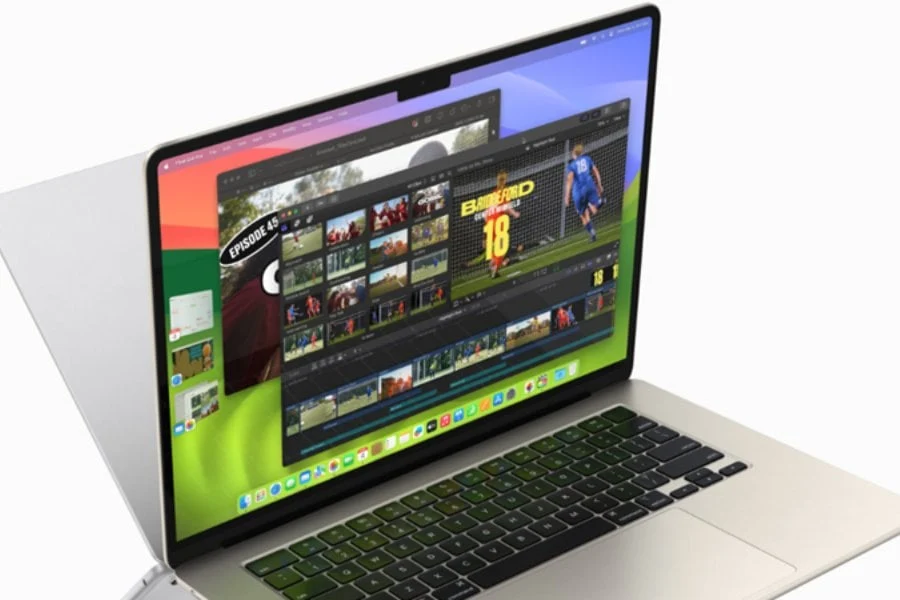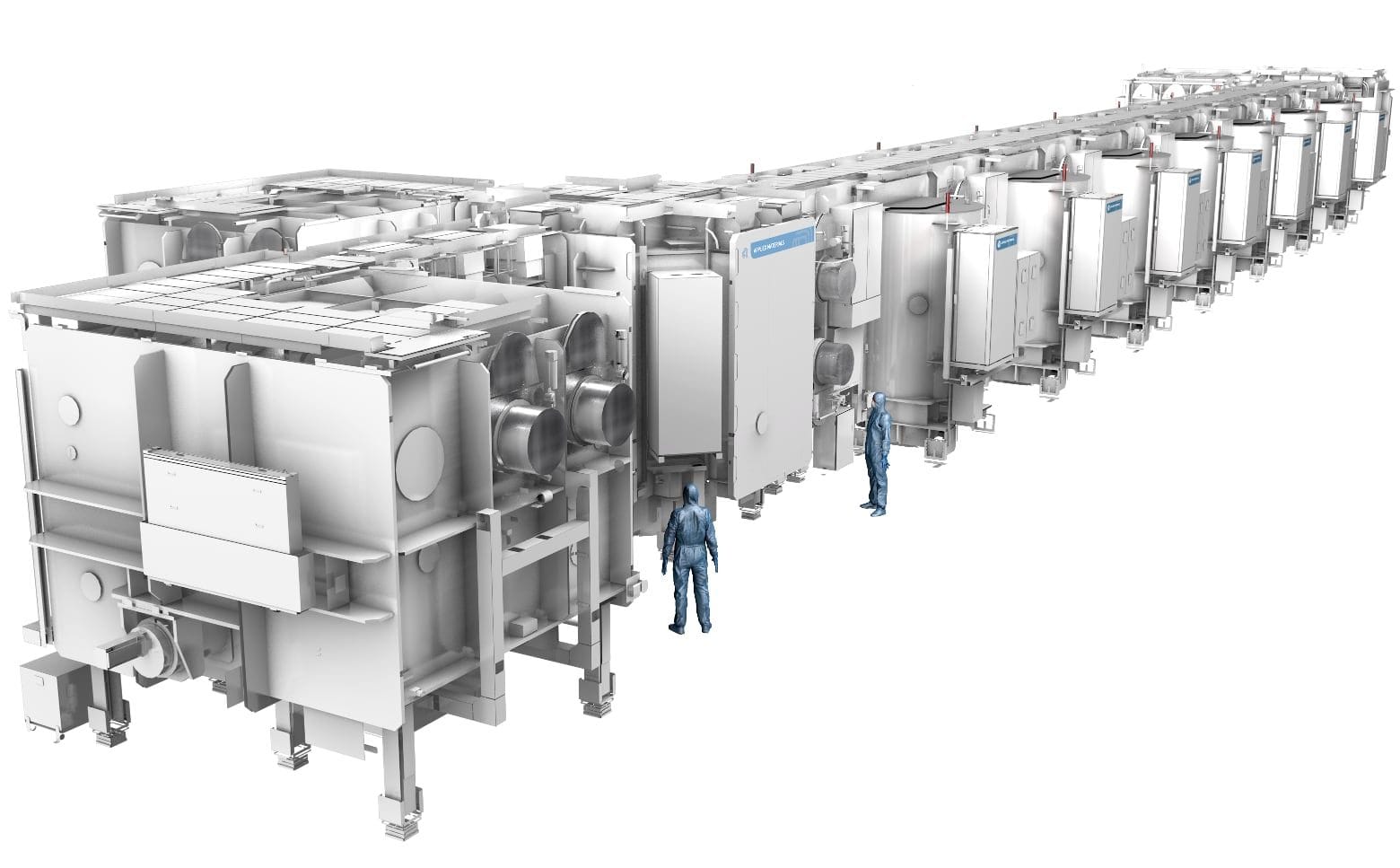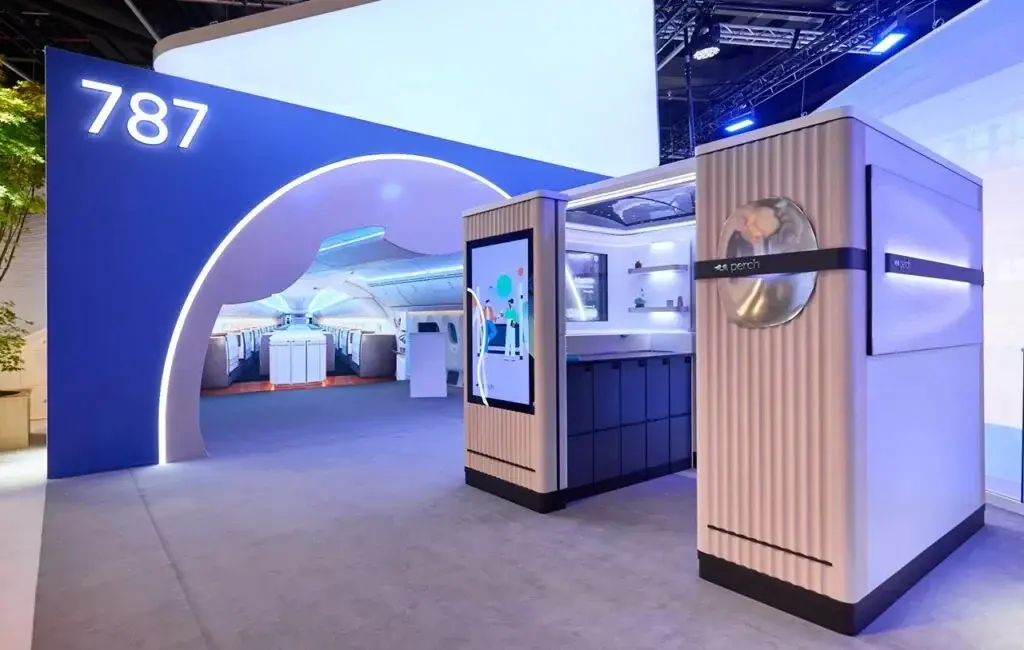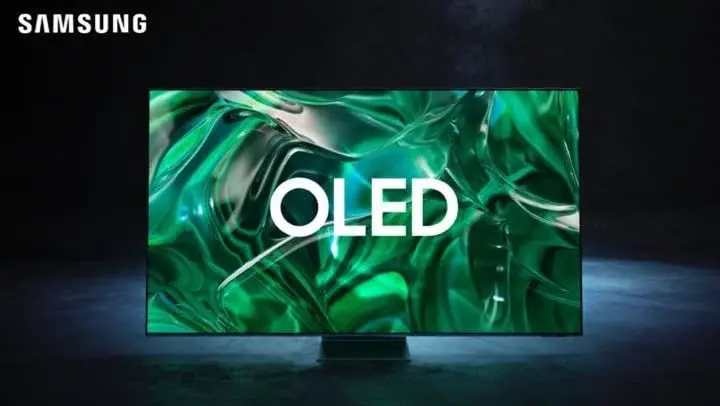Key Takeaways
1. The Asus ROG Strix OLED XG32UCWG is priced at €970, making it a budget-friendly alternative to the ROG Swift OLED PG32UCDP, which costs at least €1,198.
2. The USB-C port on the new model only provides 15 watts of charging, significantly less than the 90 watts offered by its predecessor.
3. The monitor features a 31.5-inch WOLED display with a refresh rate of 165Hz at 4K resolution and 330Hz at 1920 x 1080 pixels, achieving a peak HDR brightness of 1,300 nits.
4. It reproduces at least 99% of the DCI-P3 color gamut and has a response time of just 0.03 ms, along with AMD FreeSync Premium Pro to reduce screen tearing.
5. The monitor includes a USB-A hub with three ports, a KVM switch for managing two computers, two HDMI 2.1 ports, one DisplayPort 1.4, and a three-year warranty covering potential OLED burn-in.
The Asus ROG Strix OLED XG32UCWG is being offered as a budget-friendly option compared to the ROG Swift OLED PG32UCDP. After launching in China, this new gaming monitor is now up for preorder in Germany at a price of €970, while the older version remains at a minimum of €1,198. This suggests that it will soon be accessible in additional European markets. However, customers looking to save €228 should be aware of a couple of notable drawbacks.
USB-C Limitations
To start, the new model has a USB-C port that provides only 15 watts of charging for laptops, opposed to the 90 watts found in its predecessor. This means that even energy-efficient ultrabooks will require an extra power cable. Moreover, the 31.5-inch WOLED display can reach a refresh rate of 165Hz at full 4K resolution, or 330Hz if the resolution is adjusted to 1920 x 1080 pixels. Notably, it features a contemporary MLA+ panel from LG, capable of achieving a peak HDR brightness of 1,300 nits.
Color and Display Quality
This monitor can reproduce at least 99% of the DCI-P3 color gamut. The screen sports a glossy finish, specifically a “TrueBlack Glossy” surface, which is intended to provide deep blacks even in brightly lit settings. Asus claims an impressive response time of just 0.03 ms, and AMD FreeSync Premium Pro technology is included to help eliminate screen tearing. Another improvement is the more compact stand that occupies less desk space but allows for only about 3 inches of height adjustment.
Connectivity Options
Furthermore, the Asus ROG Strix OLED XG32UCWG is equipped with an integrated USB-A hub containing three ports alongside a KVM switch, enabling users to manage two computers with a single mouse and keyboard. In addition to the USB-C port, the monitor is fitted with two HDMI 2.1 ports and one DisplayPort 1.4. Finally, Asus provides a three-year warranty for this monitor, which also covers potential OLED burn-in.
Source:
Link












